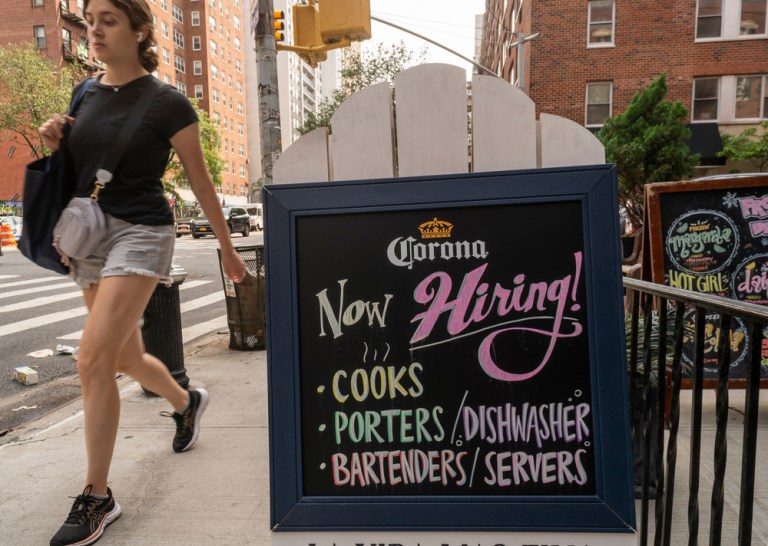An Insider on the Staffing Crisis Gripping the Restaurant Industry

PYMNTS interviews Andrew Robbins, CEO of Paytronix, about how restaurants can mitigate their ongoing staffing problems and increase revenue.
—
Restaurants have an economic tailwind at their backs, but staffing shortages dating from the pandemic’s onset continue to hamper their success. The ongoing economic recovery means that customers have more money for eating out, and restaurants could reap the benefits of this disposable income were it not for their continued labor challenges.
“There are still [restaurants] that are shutting down, not doing the full day that they would normally do and closing some nights so they don’t overwork the team — so maybe close a Monday, Tuesday night, but work people longer hours Friday or Saturday,” Robbins said in a PYMNTS interview. “It’s still a real problem.”
Automation technology has been a vital tool for mitigating these staffing challenges. Front-of-house technologies such as self-service kiosks, ordering tablets in dining rooms and handheld point-of-sale technologies that allow customers to pay right at the table have helped restaurants serve customers with fewer staff than they needed in the past.
“[Restaurants are] looking at anything they can do to help improve guest experiences, get rid of friction and also offload those experiences when they can, to save on labor,” Robbins said.
Automated technology is also essential for maximizing profit by expanding restaurants’ reach beyond brick-and-mortar customers. Online ordering has even enabled some brands to outsource their food preparation to different kitchens entirely, allowing customers to enjoy their menus via these “ghost kitchens” even if there is no eat-in location within delivery range.
“TGI Fridays has something like 94% consumer awareness — consumers know the brand,” Robbins explained. “But something like only 20% of people can go to a TGI Fridays. That’s 74% that [restaurants are] missing on because of physical constraints.”